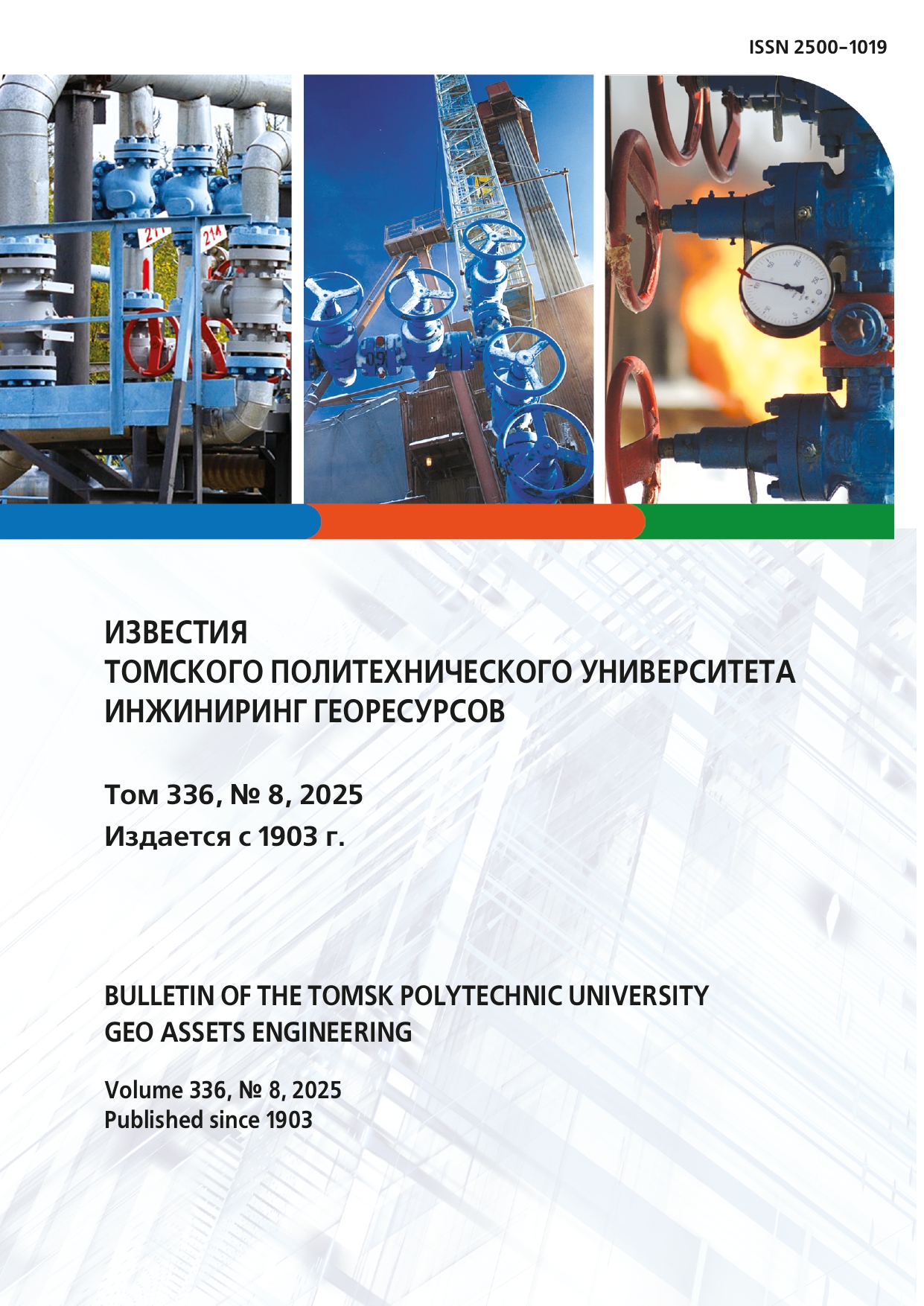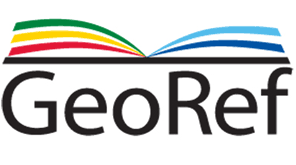Том 334 № 10 (2023)
DOI https://doi.org/10.18799/24131830/2023/10/4105
ЦИФРОВОЙ КЕРН: ВЛИЯНИЕ ТЕМПЕРАТУРНОГО ПОЛЯ НА ДВУХФАЗНУЮ ФИЛЬТРАЦИЮ ФЛЮИДОВ В ГОРНОЙ ПОРОДЕ
Ссылка для цитирования: Катанов Ю.Е., Ягафаров А.К., Аристов А.И. Цифровой керн: влияние температурного поля на двухфазную фильтрацию флюидов в горной породе // Известия Томского политехнического университета. Инжиниринг георесурсов. – 2023. – Т. 334. – №10. – С. 108-118.
Актуальность. Вычислительная гидродинамика является мощным инструментом для изучения геологических процессов. Уравнения течения жидкостей в пористых средах можно решать непосредственно с учетом получаемых трехмерных рентгеновских и компьютерных томографических изображений. Многочисленные исследования геологических особенностей горных пород зависят от теплопередачи в пористых материалах. Эти процессы включают теплопроводность в горном материале, конвекцию между веществом и окружающим газом, электропроводность, вязкую диссипацию жидкостей, кинетику химических реакций, а также межфазную теплопередачу на границе твердое вещество/жидкость. В то время как перенос энергии в пористых средах в условиях локального теплового равновесия хорошо изучен в масштабе закона Дарси, он реже рассматривается в поросетевых моделях. Теплопередача может быть учтена путем создания «тепловой сети» на базе поросетевой модели, представляющей совокупность флюидопроводящих каналов при соответствующем решении уравнения единого энергетического баланса. Также необходим учет конвективного переноса тепловой энергии потоком жидких фаз (нефть, вода), каждая из которых представлена отдельной сетью. Зная распределение температурного поля в текстуре каждого литологического типа породы, можно определить вероятностное смещение фронта вытеснения жидкостей в соответствующем флюидопроводящем пространстве горной породы. Цель: нейросетевое моделирование влияния температурного поля на фильтрационные характеристики углеводородов в флюидопроводящем пространстве горных пород. Объекты: полимиктовые песчаники тюменской свиты. Методы. Цифровая реконструкция текстуры горных пород выполнена с привлечением методов искусственного интеллекта и нейросетей; нейросетевые алгоритмы вероятностного фронта вытеснения двухфазного потока (нефть, вода) разработаны на языке программирования Phyton; методический подход к исследованию распространения теплового поля в текстуре горных пород и его влияния на двухфазных поток жидкостей разработан с использованием закона Фурье, уравнений Навье–Стокса и критериев подобия углеводородных систем. Результаты. Разработаны алгоритмы нейросетевого моделирования температурного поля в флюидопроводящем пространстве горной породы (полимиктовый песчаник), а также нейросетевые алгоритмы для оценки смещения фронта двухфазной фильтрации при соответствующем воздействии температурного распределения в текстуре цифрового керна. Изложены базовые математические модели данных алгоритмов. Исходный код алгоритмов написан на языке программирования Python с дополнительным использованием некоммерческих библиотек. Результаты нейросетевого моделирования в высокой степени имеют достоверный уровень, подтверждаемый экспериментами данными, полученными в лаборатории керновых исследований (Тюменский государственный университет, г. Тюмень), лаборатории научно-технического центра рационального недропользования им. В.И. Шпильмана (г. Ханты-Мансийск), лаборатории цифровых исследований в нефтегазовом деле в рамках реализации технологического проекта «Цифровой керн» (Тюменский индустриальный университет, г. Тюмень).
Ключевые слова:
пустотное пространство, керн, конвекция, кондукция, температура, поросетевая модель, жидкость, слайс, диффузия, модель, поток, фаза





